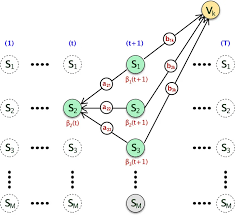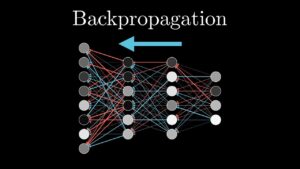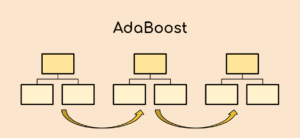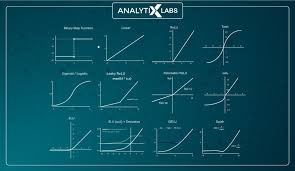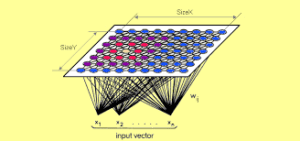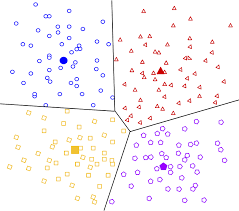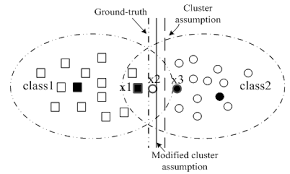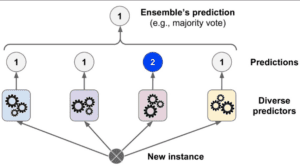A Very Short Introduction of EM Algorithm
A Brief History of the EM Algorithm Imagine trying to solve a jigsaw puzzle where some pieces are missing, but you still need to construct the full image. The Expectation-Maximization (EM) Algorithm, introduced in 1977 by Arthur Dempster, Nan Laird,


